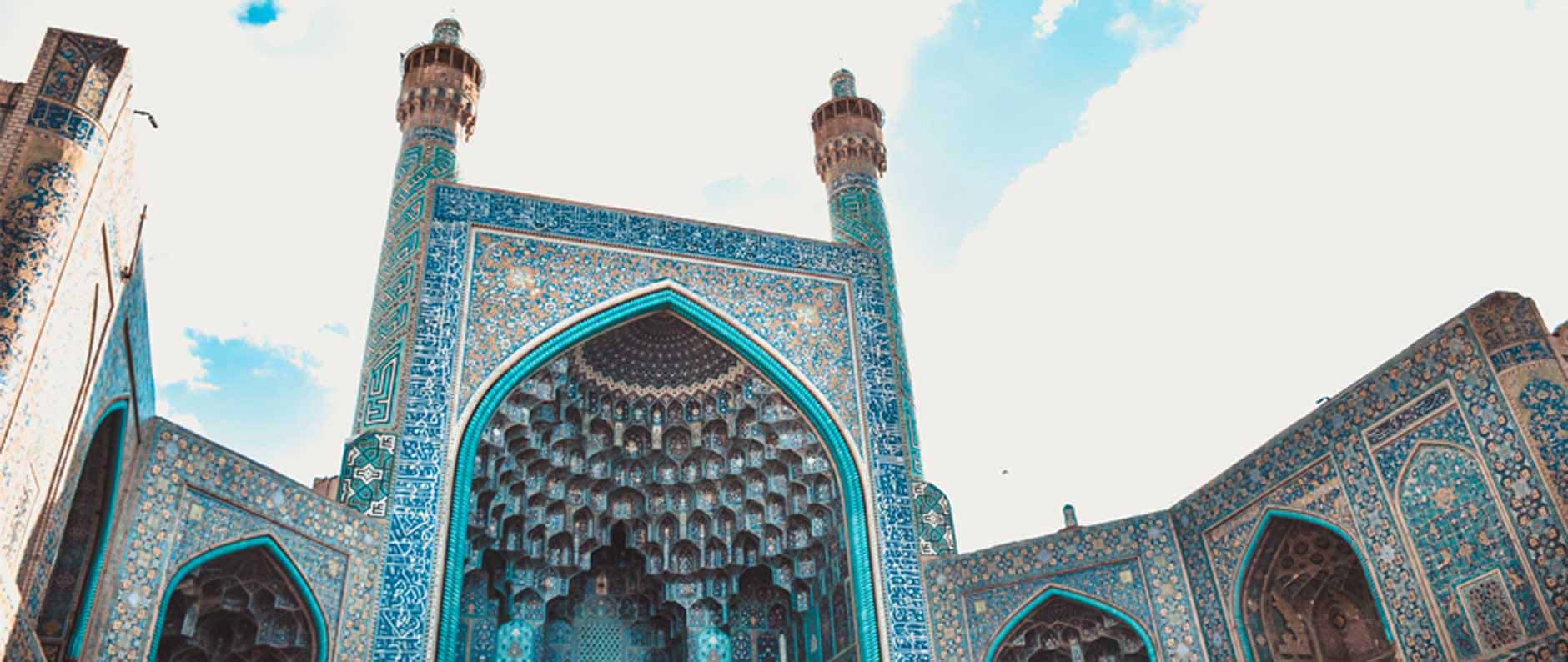Persian Wedding

Culturally speaking a Persian wedding is a series of feast. The Sofreh-ye Aghd or the wedding table, commonly known as the high table in western style weddings is traditionally placed on the floor hence the phrase, the low table.
The Sofreh-ye Aghd is a long table placed on a traditional carpet made from Termeh, a gold embroidered fabric. According to Iranian culture the carpet is passed on from mother to daughter.
The most important item on the Sofreh-ye Aghd is the Aayeneh-ye Bakh or the mirror of fate which symbolizes how fate brought the bride and groom into holy matrimony forever. Next to the table is the Mokhaddeh, a decorated seat for the couple that’s placed directly opposite from them.
Other items on the table represent gifts from guests that are meant to honor the new life the couple is starting. These items include:
- The mirror of fate and two Candelabras. According to Zoroastrian culture, a religion Persians practiced before Islam, these two items symbolize fire and light to represent brightness in the couple’s future.
- Seven different kinds of spices and herbs called Sini-ye Aatel-O-Baatel that are believed to protect the couple against evil spirits, evil eye and witchcraft. These herbs include Poppy seeds or Khash-Khaash for spell breaking, Namak or salt to blind the evil eye, Berenj or wild rice, Raziyaneh or nigella seeds, Sabzi Khoshk or angelica, Raziyaneh or nigella seeds, Kondor or frankincense to burn any evil spirit and Chaay or black tea.
- A traditional flatbread called Noon-e Sangak that is engraved a blessing called Mobaarak-Baad. The Noon-e Sangak symbolizes success for the couple’s life. More bread, fresh herbs and feta cheese is also available to be shared with the guests.
- A copy of the Holy Book that belongs to the couple. The books vary depending on the couple’s religion.
- A Jaa-Namaaz or the prayer kit that is placed at the center of the table. The kit contains Tasbih or prayer beads, Mohr which is prayers molded onto a clay cube and the Sajjaadeh, a small rug spread on the floor when praying.
- Sweets and pastries for the guests. These include Noon-Berenji or rice-flour cookies, Sohaan A’sali or roasted honey almonds, Tout or mulberry-almond paste, a Persian pastry called Baklava and Noghl or sugar coated almond strips.
- Seven strands of colored thread and a needle believed to keep the mother-in-law from talking unpleasantly to the bride.
- A cup of honey for the after vows ritual where the couple dip their pinky fingers into the cup and into their mouths.
- Wealth is symbolized by a bowl filled with gold coins.
- A silk shawl that is to be held over the couple’s head throughout the ceremony. It’s held by the bride’s close female relatives who are happily married.
- Kalleh Ghand or two sugar cones that will be grinded over the couple’s head to represent happiness.
- A brazier holding hot coal that has wild rue espand incense sprinkled on it. This is used in the purification ritual to bring health and keep the evil eye away.
- A bowl of Shaakh-e Nabaat or crystallized sugar to sweeten life for the couple.
- A Persian rose perfume called Gol-e Mohammadi to freshen the air.
- A basket of apples and pomegranates which symbolize the creation of man.
- A symbol of fertility in form of a basket filled with walnuts, shelled hazelnuts, decorated eggs and a basket of decorated almonds.
The long table is meant to face east and it is where the religious ceremony takes place.
The Aghd Ceremony
At this ceremony the groom sits on his bride’s right side with a shawl being held over their heads. Next to them are witnesses who culturally must be older married males.
The ceremony is performed by a Mula or priest who reads from the Quran, recites blessings to the couple and verbally confirms from the guardians, couple and witnesses if the ceremony should proceed. Customarily the bride gets to be asked three times.
Once she says yes, verses from the Holy Book are read and the dowry or Mahr is entered into a document that gets signed by the witnesses and the couple. The couple then exchange rings before the bride is showered with gifts which are mainly expensive jewelry. The bride’s family also present gifts to the groom. The gift to the groom is usually jewelry as well.
As the couple leaves the room they are barakat or blessed by being showered with rice, candy known as noghl, flowers and coins. This is a Persian wedding ritual called shabash, which is believed to bring sweetness into the couple’s life. In some cases, the word “mobarak baad” or congratulations was engraved on fake minted coins that were thrown. Later the guests ate the candy and took the coins home for good luck.
The Mehmoonee
The Aroosi or Mehmoonee is the reception party after a Persian wedding religious ceremony. In some customs it could take place a year later after the wedding but the music and dancing was mainly traditional Persian wedding tunes.
The food was served like a buffet which included pistachios, almonds, orange peel, berries, Jahaver polow and a dish of jeweled rice prepared with colors that resemble jewels.
The Differences to an American Wedding
Tables at American weddings are not as elaborate as the sofreh-ye aghd. The other difference is that the items on the long table do not feature among purchases for a western wedding.
The special purchase for a Persian wedding is the Aayeneh-ye Bakh or the mirror of fate. It has to be carefully chosen to match the couple’s personality. American weddings feature candles but they don’t hold as much cultural significance as the ayne va shamdoon or the candelabra and the mirror. An Iranian wedding is not complete without the sofre-ye aghd.
Wedding Payments
The groom or his family is required to pay for all the wedding expenses after the bride’s family settles the dowry. The bride’s family is also responsible for supplying the items required for the newlyweds to start life.
In Persian culture, family is the most important element in a person’s life and families are always ready to provide their members both emotional and financial support.
The Persian Wedding Attire
The groom wears a tuxedo or decent suit and tie. They will sometimes adorn a necklace and an expensive watch.
Most Persian brides prefer a western style wedding garment along with a veil and expensive jewelry. Their hands and feet may or may not be painted with henna.
Conclusion
Traditional Persian wedding rituals are quickly being replaced by practices of the western style weddings but the low table or sofreh-ye aghd remains to be the only untainted custom. This is because it symbolizes the heritage of the Persian culture.







